
COASTAL CONFECTIONS
The crunchy macaroon may have been brought to Thoothukudi by the Europeans,
but it is the local version that is popular in the country and even abroad
There is no apparent French connection to the Thoothukudi Macaroons. In this port city of Tamil Nadu, also known as Tuticorin, legend has it that Portuguese sailors introduced this sweet, a coconut and almond-filled delight, in the 14th century. It was later appropriated and localised, and is now known as the Thoothukudi macaroon. The conical-shaped macaroons have little in common with their round, flat counterparts devoured elsewhere in the world. But the Thoothukudi macaroons have an enviable following, even from around the globe. With over 100 baking units and 50 bakery outlets, the macaroons are exported to Australia, France, the US and Gulf countries. They retail at Rs. 750 a kg.
A bakery unit is headed by a master, under whose strict eye the macaroons are baked to perfection. The oldest baker in town is 80-year-old Dorariaj, of Dhanalakshmi Bakery, the oldest in the city. He says the quality of macaroons is declining with each passing day, as bakers these days tend to skimp on the cashew content. Dorairaj had honed his skills at Ceylon Bakery, the first bakery to introduce macaroons in Thoothukudi.
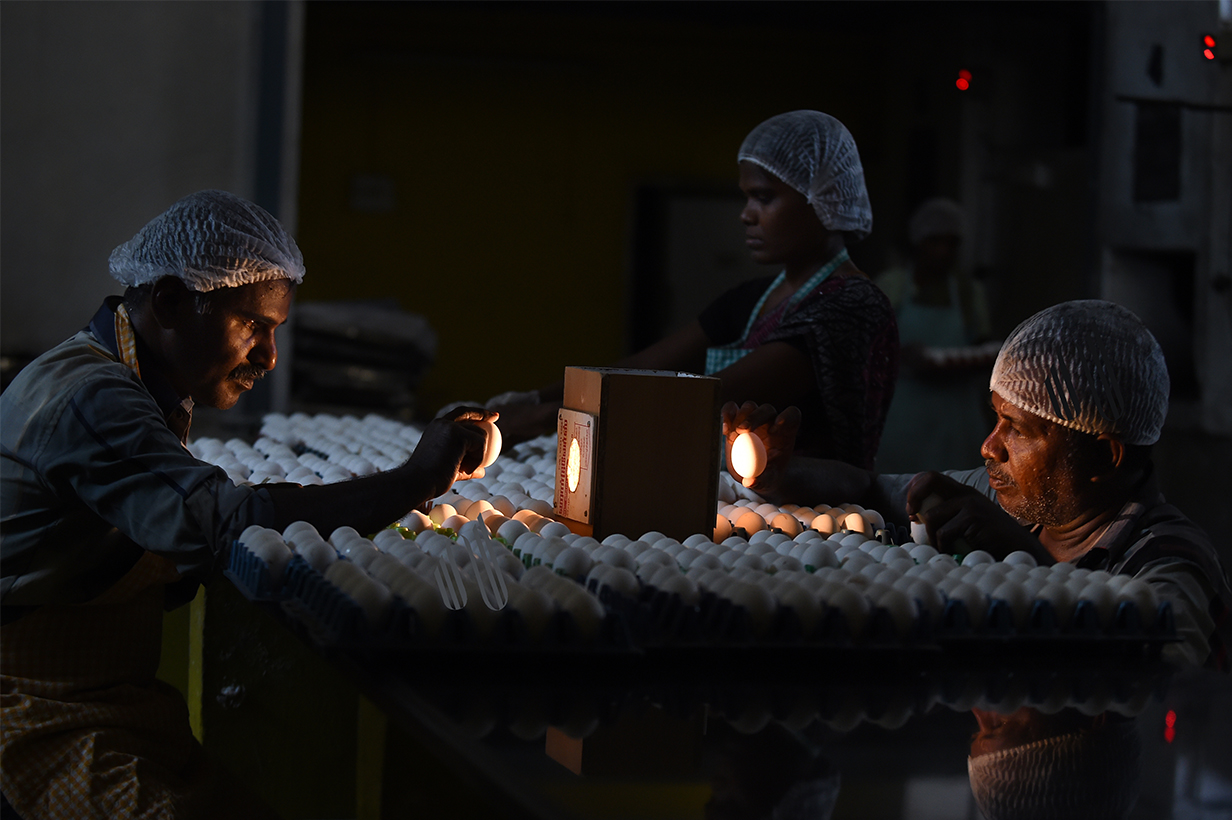
“Eggsacting” standards: eggs with low viscosity and
thin shells are preferred for making the confection.
As one rotten egg can spoil an entire batch, selecting
eggs of the best quality is an important part of the process


As one rotten egg can spoil an entire batch, selecting
eggs of the best quality is an important part of the process
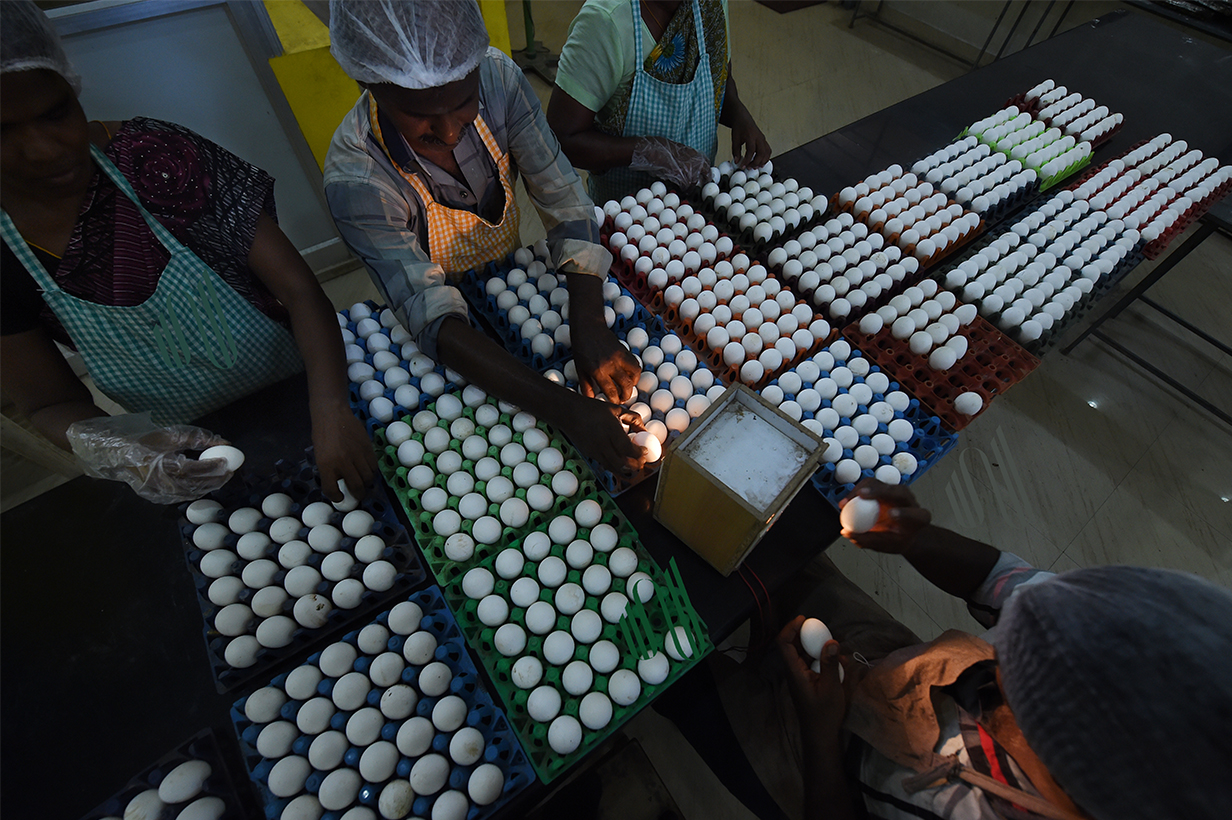
Eggs are held up against a light-source
to test if they are good
Key ingredient: The quality and quantity of cashew-nuts used is key to the process. Most bakeries source high-grade nuts from Kerala. Any reduction in the quantity of nuts can affect the quality of the macaroons


Key ingredient: The quality and quantity of cashew-nuts used is key to the process. Most bakeries source high-grade nuts from Kerala. Any reduction in the quantity of nuts can affect the quality of the macaroons

Attention to detail: Mixing the sugar and egg whites is a delicate process and is usually supervised by the master in each bakery.
Shaping up: The next step is filling the final mix of egg white, sugar and cashew into a cone made of butter paper.
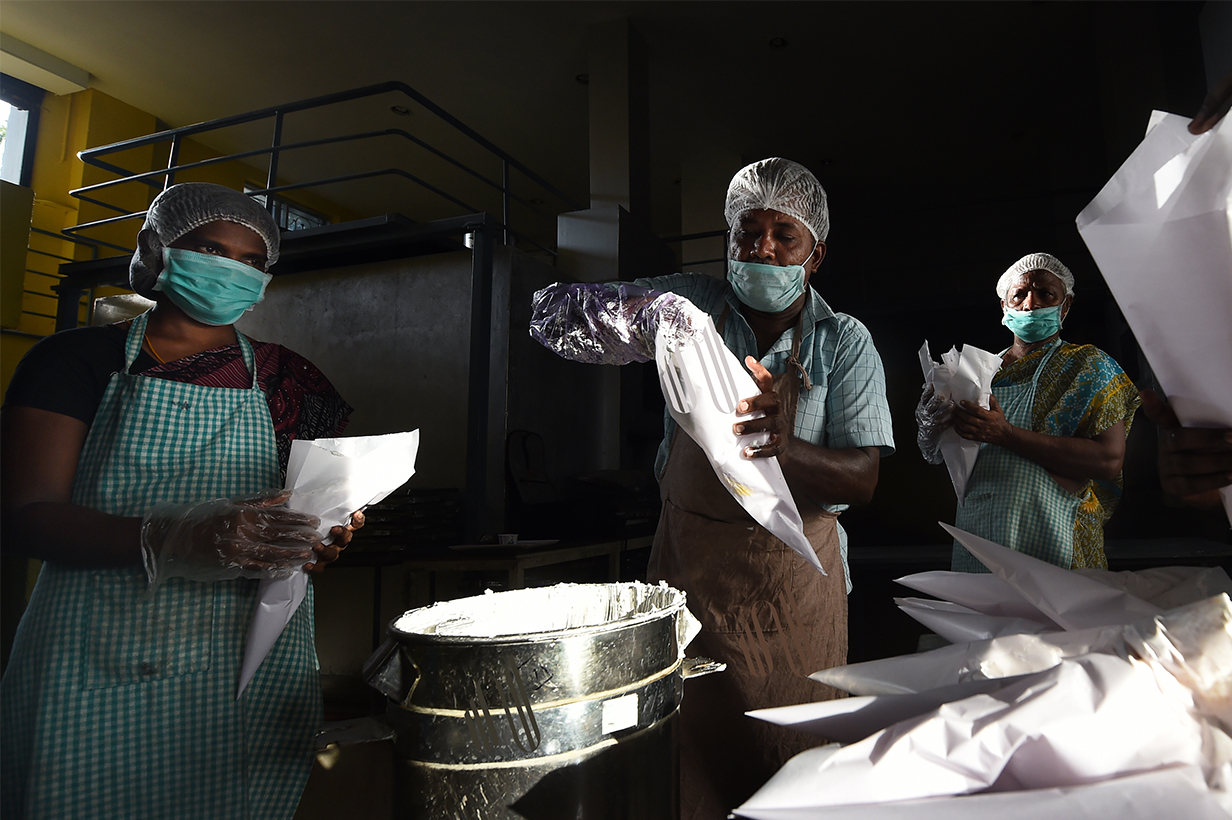

Shaping up: The next step is filling the final mix of egg white, sugar and cashew into a cone made of butter paper.

The mix is then squeezed on to metal trays
which are lined up for baking.
Working fast, the confectioners fill the trays with the dough, uniquely shaped with a round base, plump middle and pointy peak.
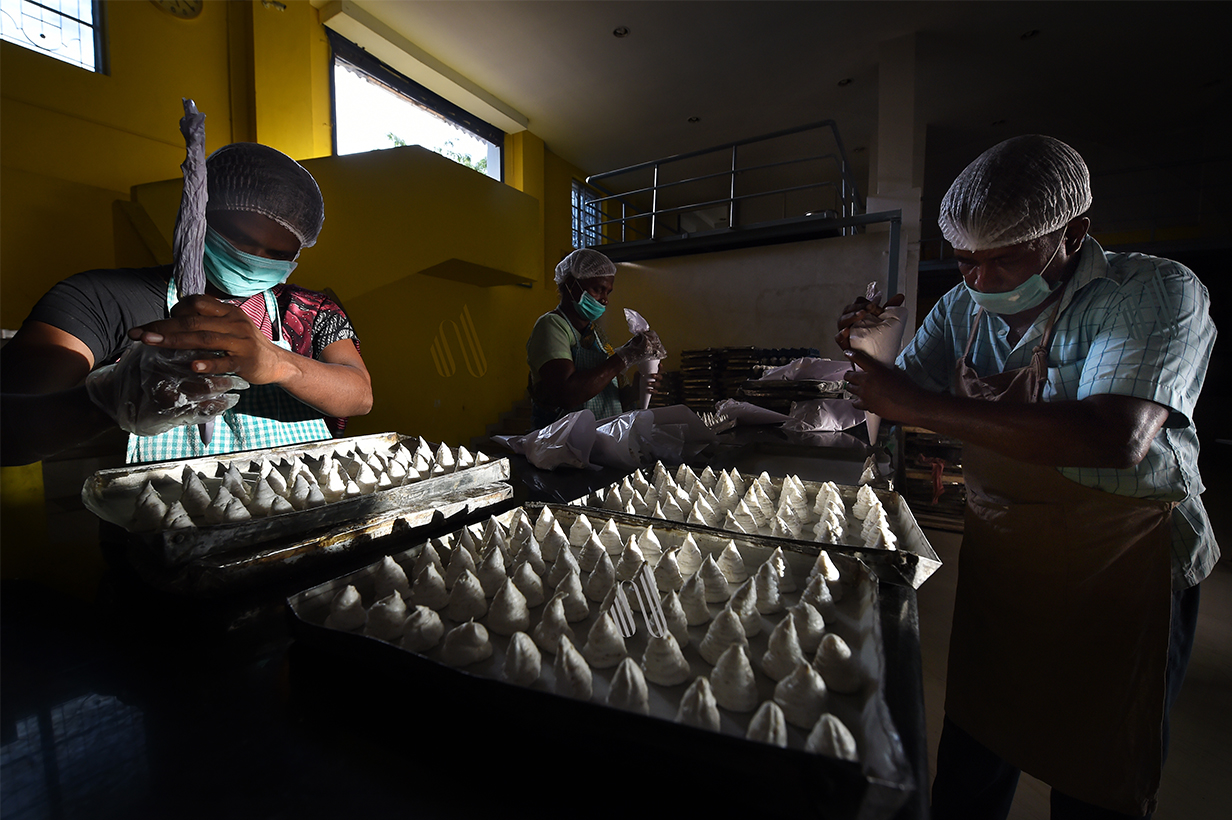

Working fast, the confectioners fill the trays with the dough, uniquely shaped with a round base, plump middle and pointy peak.

Tryst with fire: Specially made chambers maintain a uniform temperature for hours to ensure that the conch-shaped cookies are evenly baked
The last step: Raw macaroons are then put
into the ovens for baking.


The last step: Raw macaroons are then put
into the ovens for baking.
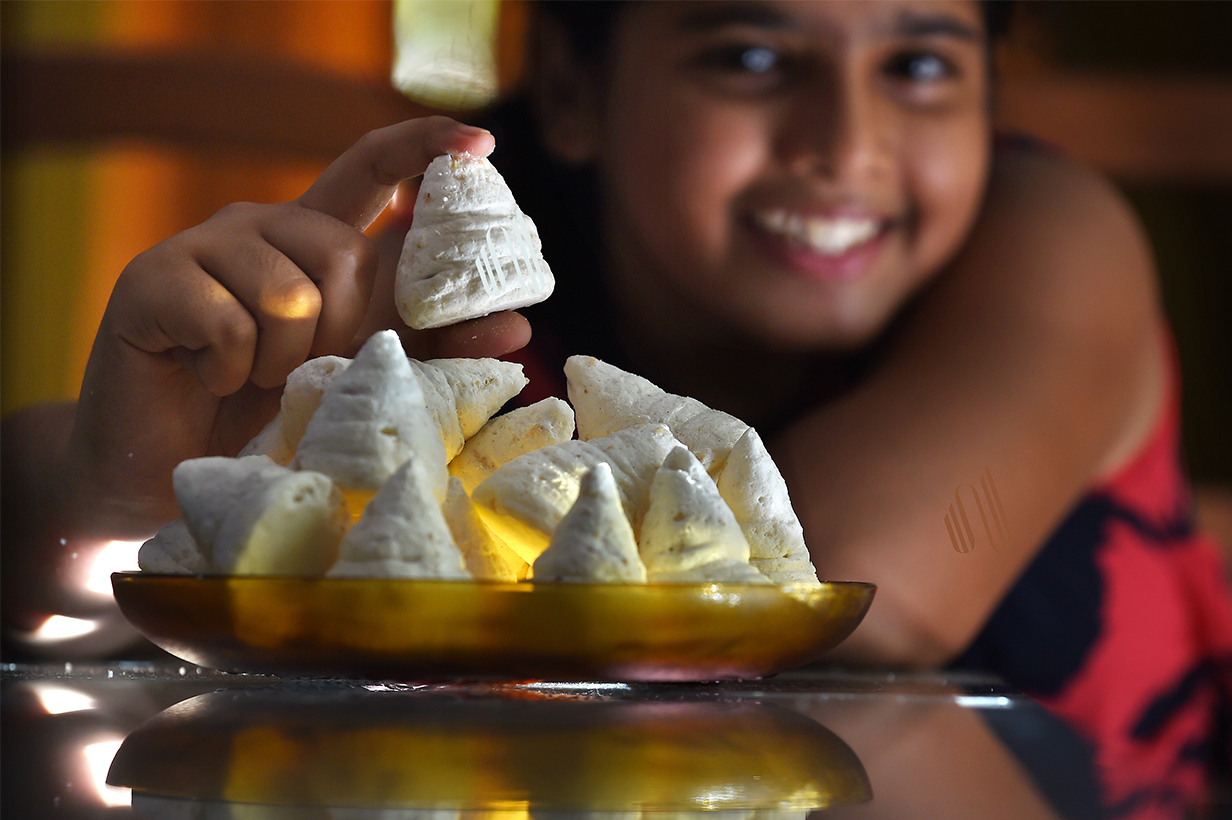
Conical treats: The delicate sweets have three major ingredients: eggs, cashewnuts and sugar. They are crunchy on the outside and have a gooey, soft cashew-crumb filling.



